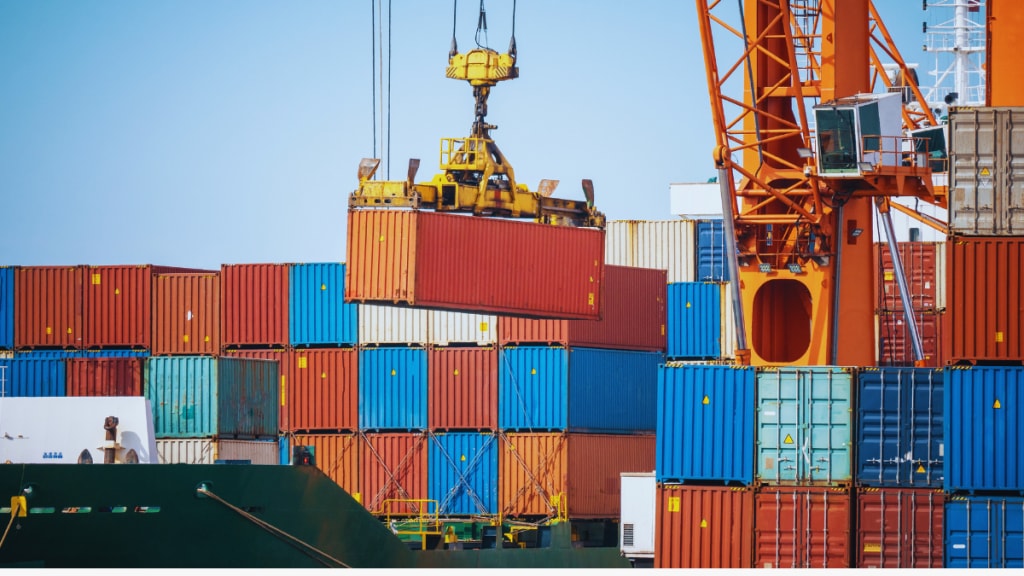India’s export of petroleum products declined by 21% to 1.25 million barrels per day in October from 1.58 mbd in September, as per data from Kpler. On an annual basis, the exports however increased by 2.4% from 1.22 mbd in October 2024.
UAE, Netherlands, and Singapore emerged as the top destinations for the country’s refined oil products. Exports to the UAE declined 27% to 132,000 bpd last month, while exports to Netherland increased by as much as 255% to 156,000 bpd from 44,000 bpd in September. Exports to Singapore also surged 81% to 113,000 bpd last month.
Meanwhile, Nayara Energy’s operations continue to face challenges in its exports due to disruptions caused by international sanctions but operations are seen improving gradually.
Nayara’s Vadinar refinery is currently operating at ~85–90% capacity, down from its usual >100% utilisation (operations are improving). The refinery continues to face challenges in exporting refined products (diesel, gasoline, jet fuel) as its traditional markets and payment channels remain constrained by sanctions; however, the situation is getting better, said Sumit Ritolia, lead research analyst, refining & modeling at Kpler.
In response, Nayara is exploring alternative outlets, including new markets, and even barter arrangements with Rosneft—exchanging refined products for crude. To adapt, the refinery has been redirecting fuel to the domestic market, supported by government-facilitated logistics.
New Delhi has increased rail transport capacity, now running two to three trains of around 50 tanker cars daily, more than double the previous volume, and has also authorised the use of coastal vessels, including some from the shadow fleet, to move products, Kpler noted.
In October, the private refinery supplied around 90,000 barrels per day of refined products to the domestic market, the highest since January 2025 (91 kbd), helping offset supply disruptions following HPCL’s operational issues at its Mumbai refinery.
Earlier, the refinery used to export around 10–20 thousand barrels per day of jet fuel to the EU, but these volumes are now being redirected to alternative markets. Kpler has anticipated more barrels to flow toward Asia, West Asia, and Latin America.
As part of its measures against Moscow, the EU has imposed sanctions on the 20-million tonne refinery in Gujarat, owned by Rosneft-backed Nayara Energy and tightened the oil price cap.
Post these sanctions, Nayara cannot export fuel such as petrol and diesel to European countries.
The US too has recently imposed sanctions on Russia’s two largest oil companies Roseneft and Lukoil that fund the Kremlin’s war against Ukraine.
Kpler highlighted that India, which imports roughly 90% of its crude needs, will face near-term disruption as these sanctions effectively turn the Russian oil molecule—at least from these two entities—into a sanctioned commodity, shifting the market dynamic from influence to enforcement.
Following the sanctions (effective 21 November 2025), Kpler observed accelerated Russian crude arrivals ahead of the deadline, with no refiner except Nayara expected to import from sanctioned suppliers thereafter.
The country’s exports of petroleum products declined 12% to $19.4 billion during April-September in 2025-26, as per data from Petroleum Planning and Analysis Cell.
India’s consumption of petroleum products during the first six months of FY26 remained largely muted at 118.3 million tonnes from last year. For FY26, the country has projected its domestic petroleum product demand to reach a record 252.9 million tonnes.

